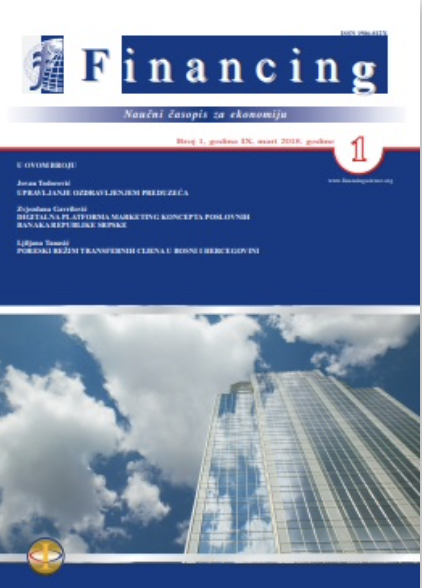Tendencies of the world’s reserve currency in the international monetary system
Tendencies of the world’s reserve currency in the international monetary system
Author(s): Branka Topić Pavković, Svjetlana VranješSubject(s): National Economy, Public Finances
Published by: Finrar d.o.o Banja Luka
Keywords: world’s reserve currency; international monetary system; euro; financial crisis; monetary union;
Summary/Abstract: In the modern world economy, the trend of reducing the number of national currencies is a logical consequence of rising international economic and monetary integration. Domestic currency makes a significant part of state sovereignty, with the possibility of active influence on the real economy, and a stable and convertible national monetary unit is considered a reliable economic measure of the economic system, especially in monetary policy. In this paper we will examine the tendency of the movement of world reserve currencies, primarily the dollar and the euro in the world’s global reserves as the two most important world currencies. The aim of this paper is to analyze whether there has been a change in the leading world currencies during and after the last economic crisis. The results show a decline in the share of the euro and the dollar in total world reserves, as negative effect of the crisis, but also as the growth in the share of other currencies, whose issuing countries have an increasing impact on the world economy
Journal: Financing - naučni časopis za ekonomiju
- Issue Year: 9/2018
- Issue No: 2
- Page Range: 23-28
- Page Count: 6
- Language: English, Serbian

